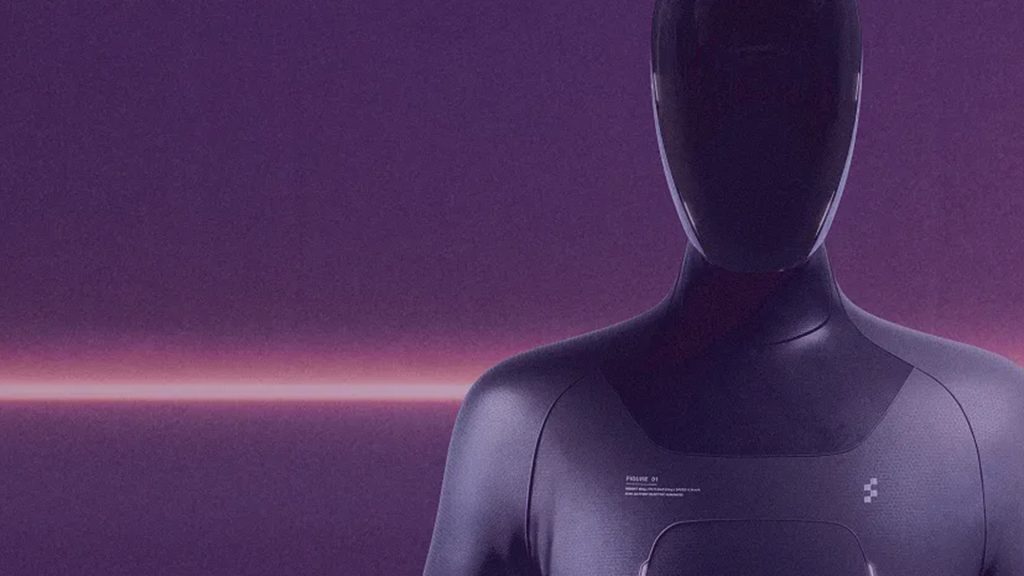In an era where the digital landscape is saturated with information overload, minimalism in brand design emerges as a beacon of clarity and simplicity. This article explores minimalism not merely as an aesthetic choice but as a profound philosophical stance that champions essence over excess, and how brands leverage this philosophy to communicate authenticity and focus.
The essence of minimalism
At its heart, minimalism in brand design respects the essence of a brand, stripping away any elements that do not serve this core purpose. This method allows a brand’s true values and identity to shine, cutting through the clutter of today’s market with a clear and potent voice. It’s about embracing the beauty of restraint, allowing a brand to make a significant impact with subtlety and precision.
Clarity and focus
Minimalism champions clarity by honing in on only the most critical elements of brand design. This approach provides a dual benefit: visually, it creates a clean and uncluttered aesthetic; conceptually, it streamlines the brand message, making it more accessible and understandable to the consumer. In doing so, minimalism serves as an antidote to the choice paralysis that can overwhelm consumers in a densely packed marketplace, guiding them toward a deeper connection with the brand.
Authenticity and trust
The minimalist philosophy demands authenticity, requiring brands to be brave enough to present themselves in their most genuine form. This raw honesty fosters a deep sense of trust among consumers, who come to see these brands as transparent and reliable. By choosing minimalism, a brand declares its confidence in its offerings, rejecting the need for elaborate decoration to underscore its inherent value.
The power of less
By wholeheartedly embracing the ‘less is more’ philosophy, brands practicing minimalism make a bold statement about their approach to consumerism. This strategy resonates with a growing segment of the population that values sustainability, intentionality, and mindfulness in their consumption habits. It reflects a commitment to mindful living, where every choice and every design element is both deliberate and meaningful.
Case studies of minimalism in brand design
Apple: Apple’s design philosophy is perhaps the most celebrated example of minimalism in action. From its product design to its marketing, Apple employs a minimalist approach that emphasizes the product’s functionality and sleek design. This approach has not only set Apple apart in a crowded market but also established it as a symbol of innovation and quality.
Muji: The Japanese retail company Muji is another exemplar of minimalism. With a name that translates to “no-brand quality goods,” Muji’s products are characterized by their simplicity, functionality, and lack of visible branding. This approach reflects the company’s commitment to focusing on the product’s quality and utility, resonating deeply with consumers seeking authenticity and sustainability.
Google: Google’s homepage is a testament to minimalistic design. Amidst the chaos of the internet, Google offers a simple, uncluttered interface that focuses solely on what the user needs: a search bar. This minimalist approach has not only become iconic but also emphasizes Google’s commitment to user-friendly design.
Strategies for embracing minimalism
- Clear messaging: Focus on the key messages you want to communicate. Every element on a page should serve a purpose and contribute to your narrative.
- Embrace white space: White space is a crucial element of minimalistic design. It helps to break up content, making it more digestible and guiding the viewer’s focus.
- Simplify color schemes: Use a limited color palette to create a cohesive look. Choose colors that reflect your brand’s personality and values.
- Refine typography: Select a font that embodies your brand’s character. Keep typography simple and legible, using size and weight for emphasis.
- Optimize imagery: Use high-quality images that convey your message with clarity. Choose visuals that complement your content without overwhelming it.
The impact of minimalism
Minimalism in brand design does more than just elevate visual appeal—it forges a stronger, more genuine connection between a brand and its audience. By distilling a brand to its essentials, minimalism clarifies and amplifies its message, resonating with contemporary consumers who prize authenticity, sustainability, and clarity.
As we navigate the complexities of the digital age, the minimalist approach offers a clear path to crafting meaningful, enduring brand connections, proving that sometimes, the most profound statements are made with the quietest voices.












































